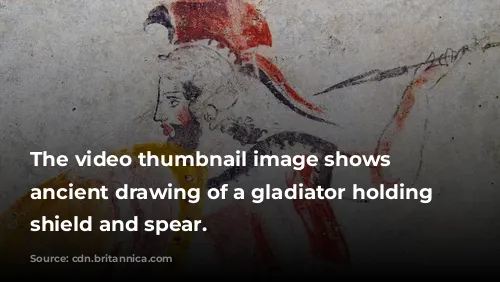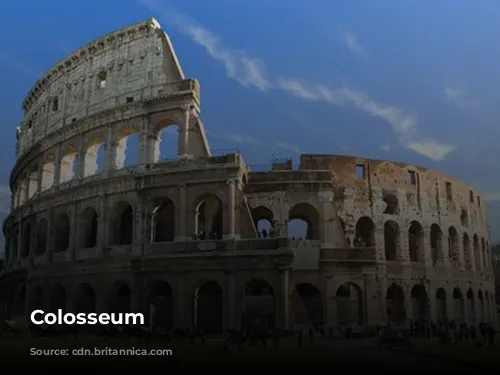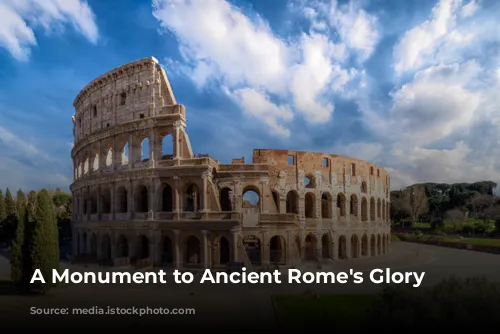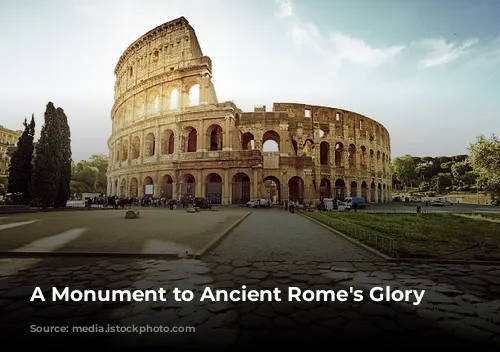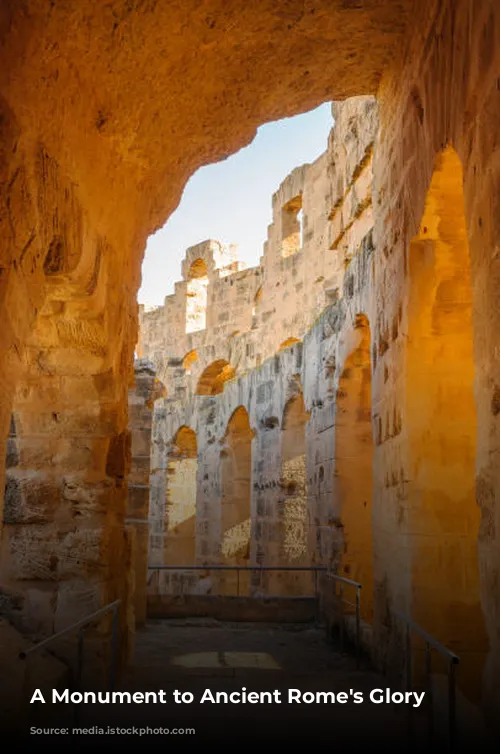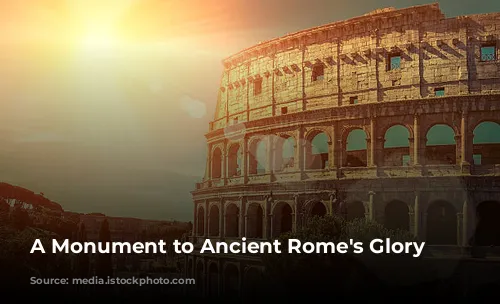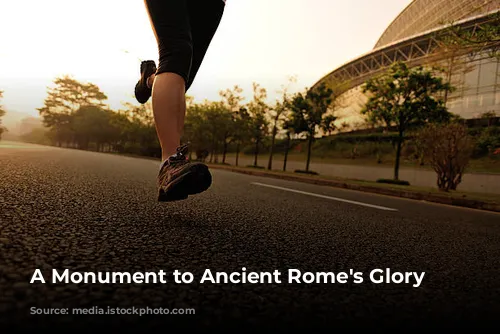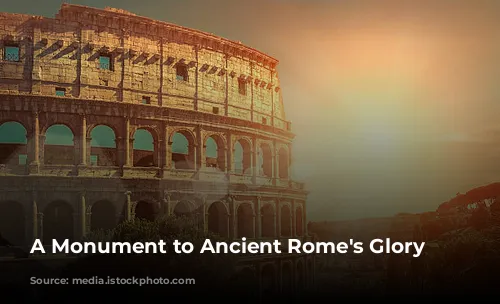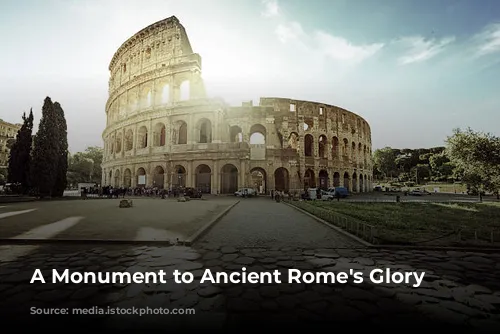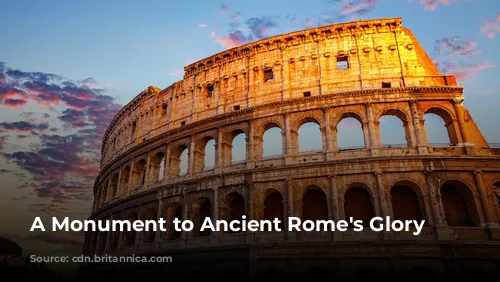The Colosseum, standing today as a testament to Rome’s architectural and engineering prowess, is one of the few largely intact structures from the Roman Empire. It’s not just a historical marvel; it’s also a significant contributor to the Italian government’s tourism revenue. In 2018, the Colosseum, Roman Forum, and Palatine Hill, combined, generated over $63.3 million (€53.8 million), making it the most lucrative tourist destination in Italy.
The Colosseum, a symbol of Rome’s grandeur, has witnessed both periods of glory and decay. After the Western Roman Empire’s fall, the arena fell into disrepair. The Frangipane and Annibaldi families repurposed it as their fortress during the 12th century. In the late 15th century, Pope Alexander VI allowed the Colosseum to be used as a quarry. For over a thousand years, the Colosseum languished in neglect. But, in the 1990s, state-funded restoration efforts breathed new life into this historical giant.
From Arena to Fortress: A Legacy of Change
The Colosseum, built during the reign of the Flavian emperors, was a symbol of imperial power and a testament to Rome’s recovery. After the turbulent year of the four emperors (69 CE), Emperor Vespasian, wanting to revive the city’s spirit, commissioned the Colosseum as a grand entertainment venue. Like other amphitheaters, it was designed to host a variety of spectacles, including gladiator fights, animal hunts, and even mock naval battles.
Construction commenced between 70 and 72 CE under the rule of Vespasian. Titus, Vespasian’s son and successor, dedicated the completed structure in 80 CE. Emperor Domitian later added the fourth story in 82 CE. It’s important to note that the Colosseum was financed with the spoils of war, specifically from Titus’s plunder of Jerusalem in 70 CE. The labor force, tragically, consisted of enslaved Jews from Judaea.
An Engineering Masterpiece
The Colosseum, also known as the Flavian Amphitheatre, is an elliptical structure built with stone, concrete, and tuff. It stands four stories high and boasts impressive dimensions: 620 by 513 feet (189 by 156 meters). This architectural wonder could accommodate up to 50,000 spectators. It’s famous for its gladiatorial combats.
The Colosseum stands as a testament to Roman engineering prowess. Its location, east of the Palatine Hill, was once the site of Nero’s Golden House. The artificial lake, once the centerpiece of Nero’s opulent palace complex, was drained, and the Colosseum was built there, a decision symbolic as much as practical. Vespasian, who had a humble beginning, replaced the tyrannical emperor’s private lake with a public amphitheater, a place for tens of thousands of Romans to gather for entertainment.
From Gladiatorial Arena to Cultural Hub
The Colosseum’s dedication in 80 CE was marked by a grand 100-day celebration featuring games and spectacles. Domitian completed the structure in 82 CE by adding the topmost story. Unlike other amphitheaters built into hillsides for support, the Colosseum is a freestanding structure. It’s built with stone and concrete, using a complex system of barrel vaults and groin vaults. The arena’s three lower stories are adorned with arcades framed by engaged columns in the Doric, Ionic, and Corinthian orders. The ascending arrangement of these columns influenced Renaissance architecture and became known as the “assemblage of orders”. The primary structure and facade are made of travertine, the secondary walls are volcanic tufa, and the inner bowl and arcade vaults are concrete.
The Colosseum could accommodate a staggering 50,000 spectators. A massive retractable awning, known as the velarium, shielded them from the sun. Supporting masts extended from corbels built into the Colosseum’s top story, requiring hundreds of Roman sailors to manipulate the rigging that extended and retracted the awning. The Colosseum was the stage for countless gladiatorial combats, animal hunts, and mock naval battles. While the Colosseum’s role in the martyrdom of early Christians remains uncertain, it’s widely believed to have played a significant part in the history of the Roman Empire.
From Neglect to Restoration
In the Middle Ages, the Colosseum was used as a church and later as a fortress by prominent Roman families, the Frangipane and the Annibaldi. The structure suffered damage from lightning, earthquakes, vandalism, and pollution. Over time, the marble seats and decorative elements were stripped away, leaving the Colosseum as little more than a quarry for over a thousand years.
In the 19th century, preservation efforts began in earnest, spearheaded by Pius VIII. The 1990s saw a major restoration project undertaken. Today, the Colosseum remains a major tourist attraction in Rome, welcoming close to seven million visitors every year. Regularly mounted exhibitions showcasing the culture of ancient Rome further enrich the visitor experience.
The Colosseum, a testament to the ingenuity of ancient Rome, stands as a timeless reminder of the empire’s power, spectacle, and resilience. This architectural marvel continues to captivate visitors from all over the world, leaving an indelible mark on the world’s cultural landscape.
